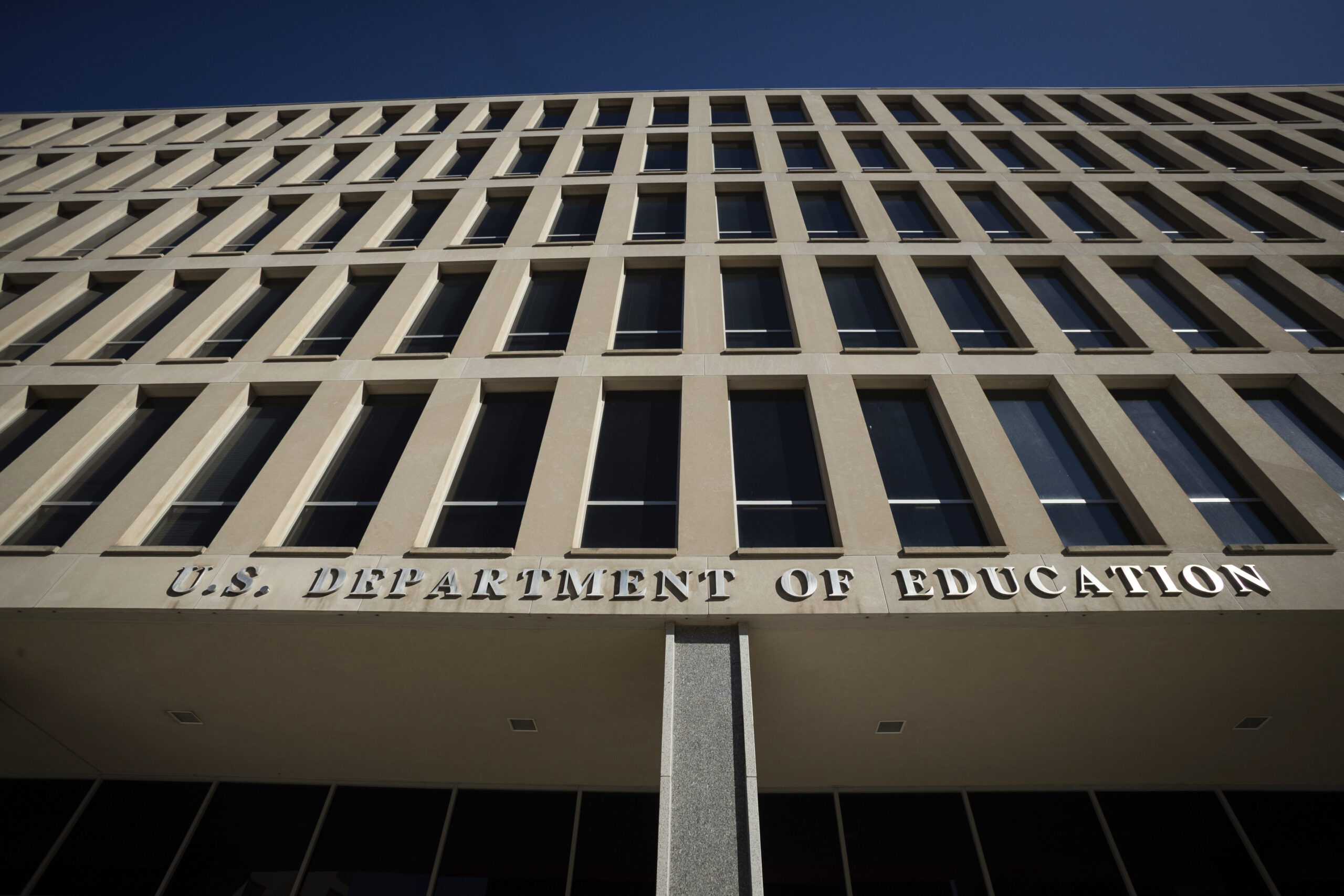2 Million IDR Applications Still Pending Amid Delays


In a federal court filing prompted by a lawsuit from the American Federation of Teachers (AFT), the U.S. Department of Education disclosed, for the first time, the size of its student loan processing backlog.
According to the May 15 status report, nearly 2 million borrowers are still waiting for their income-driven repayment (IDR) applications to be reviewed. Another 49,318 requests under the Public Service Loan Forgiveness (PSLF) buyback program remain unresolved.
The disclosures are part of a legal battle over the Department’s removal of income-driven repayment plan applications – which the AFT said was an overreach beyond what the SAVE plan litigation warranted.
The status update offers a rare glimpse into internal operations but lacks any clear timelines for when borrowers can expect answers. Still, a source close to the process estimates that the IDR backlog could take at least 6-8 weeks to clear.
Related: How Multiple Contractors Handle Tasks For The Department of Education
As of April 30, 2025, the Department of Education reported 1,985,726 IDR applications pending. These applications determine monthly payments based on a borrower’s income and family size, and can eventually lead to loan cancellation after 20 or 25 years of qualifying payments.
Only 79,349 IDR applications were processed during April. At that pace, clearing the full backlog without scaling operations would take nearly two years. However, a source we spoke to said they still expect the bulk of the backlog to be cleared within 6-8 weeks.
Applications that were recently submitted using the updated online form are being processed quickly, since they are known to qualify. Remember, the key issue was the IDR form had to be updated.
There are issues with borrowers who submitted forms via paper, since some of those forms cannot be processed. Borrowers may have selected an ineligible repayment plan (such as SAVE), which will be in limbo until the court cases surrounding those plans is resolved.
If you previously submitted a form, and selected SAVE or checked the box for “the plan with the lowest monthly payment”, if you still want to change IDR plans, you may want to re-submit an updated request via the online form at StudentAid.gov.
Borrowers awaiting processing face uncertainty, not only about payment adjustments but also about their long-term path to forgiveness. It’s also led some borrowers in PAYE or ICR to consider moving to IBR.
The report also details the backlog in PSLF buyback requests, a program designed to allow borrowers to “purchase” missed months toward forgiveness for periods spent in deferment or forbearance. Only 1,472 requests were processed in April, with 49,318 still pending.
These figures are especially troubling for public service workers nearing the 120-payment threshold for loan forgiveness. Many borrowers are stuck in the SAVE forbearance and relying on the buyback process.
The buyback program was supposed to address those gaps, but delays now threaten to stall forgiveness for borrowers who believed they were nearly finished.
The difficulty with PSLF buyback is that it is a manual process, and due to the Department of Education layoffs, the team overseeing these requests is small. Each application takes about 20-30 minutes, since payment amounts and payoff letters are drafted manually.
The AFT’s lawsuit alleges that the Department failed to meet legal obligations by stalling critical student loan repayment and loan forgiveness efforts. The court’s April 28 order required the Department to submit regular updates outlining progress.
While this first report fulfills the court’s mandate, it raises more questions than it answers. There is no mention of how many staff are assigned to process requests, how applications are prioritized, or what borrowers can expect moving forward. The Department has not committed to any concrete processing timeline in its filing.
An official familiar with internal operations estimate that clearing the IDR backlog could take 6-8 weeks if staffing remains stable and no new disruptions emerge. It will be more telling what the full May processing count looks like, since processing really resumed on May 10.
The PSLF buyback process may take even longer due to the manual review required for each case.
For those waiting on IDR applications to be processed or PSLF buyback approval, the situation is frustrating. Borrowers are encouraged to monitor their StudentAid.gov accounts and keep records of past employment and payment history in case follow-up documentation is required.
Borrowers close to the 120-payment threshold for PSLF should check their employment counts regularly and consider filing for PSLF buyback if eligible.
The next court-ordered update is expected on June 15, 2025. For now, this first status report offers a clear message: millions of borrowers are stuck in limbo, with no immediate end in sight.
Don’t Miss These Other Stories:

November is here, and with it comes holiday invitations, travel plans, family expectations, and a quiet pressure to spend money...

Back Who We Are Our Purpose We ignite human potential to build understanding and create new possibilities for a better...

Monthly payments in retirement can change sharply depending on Social Security, pension income, and IRA withdrawals. Federal programs often offer...